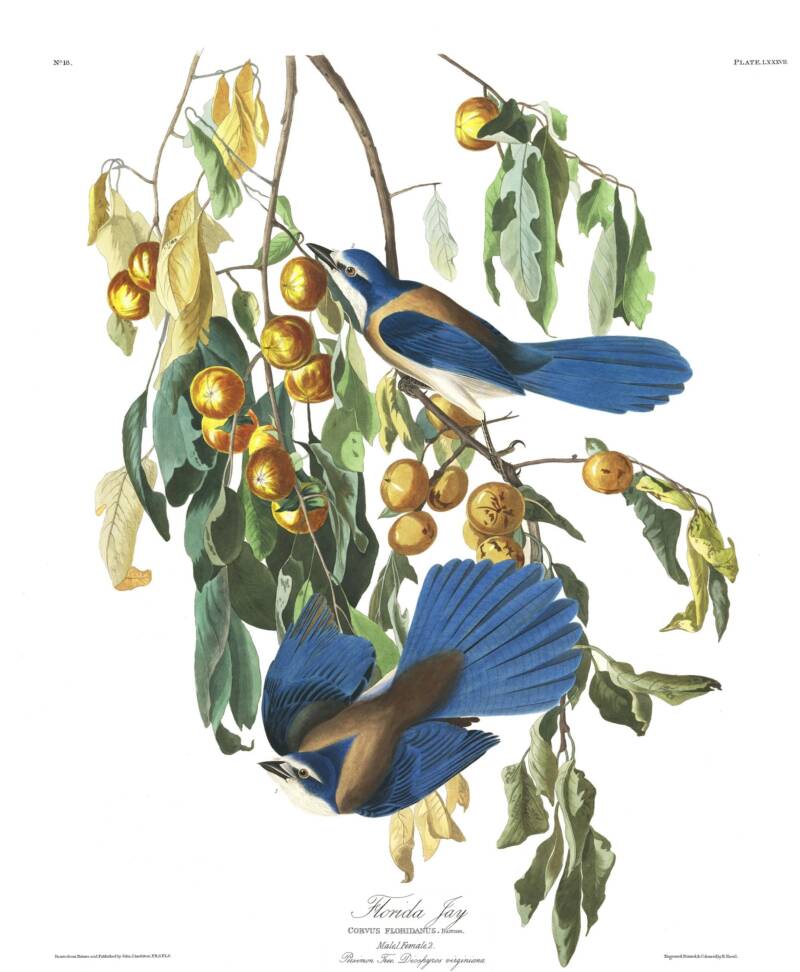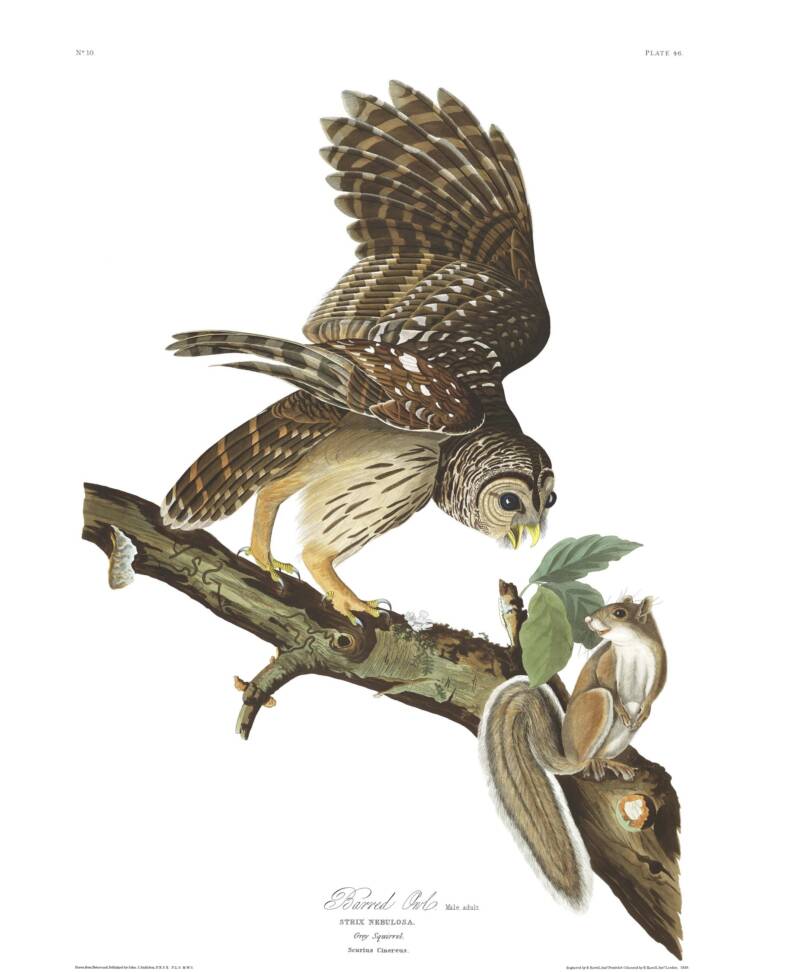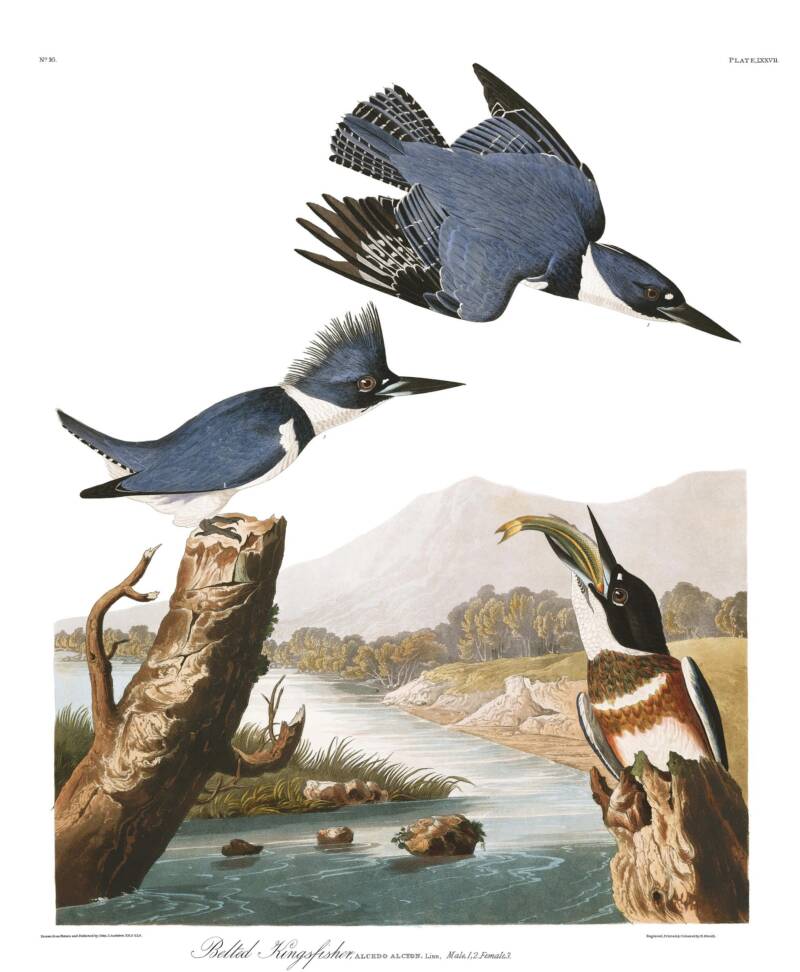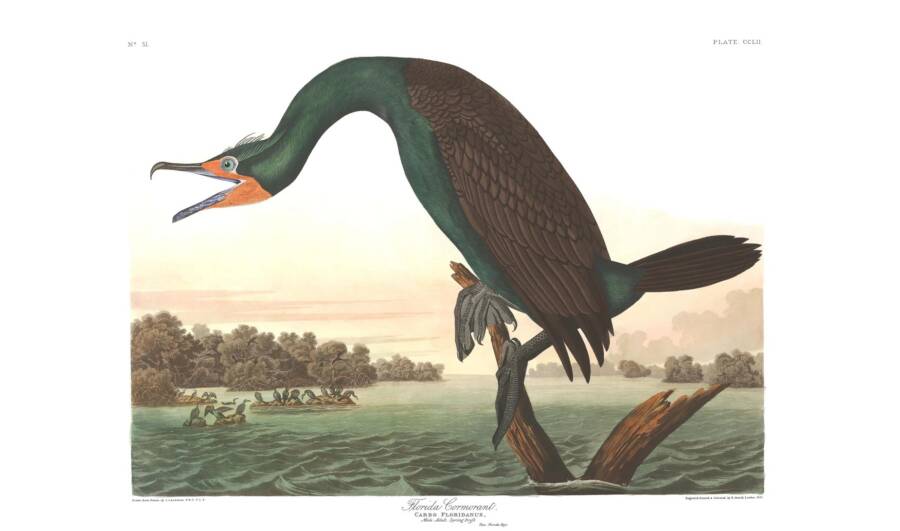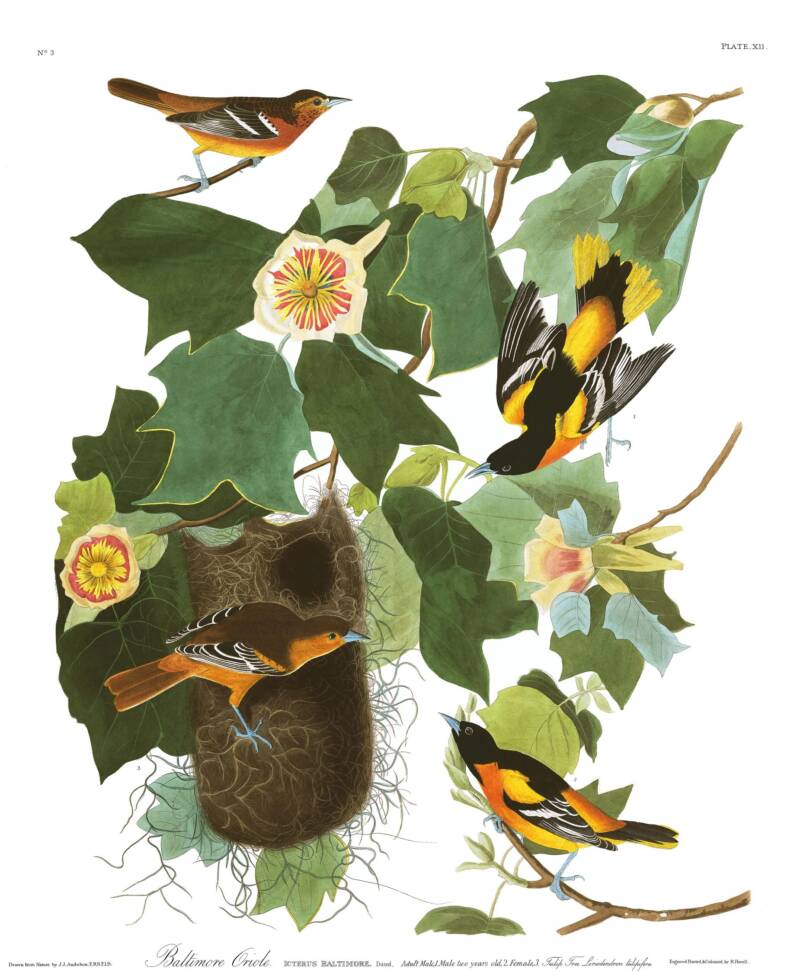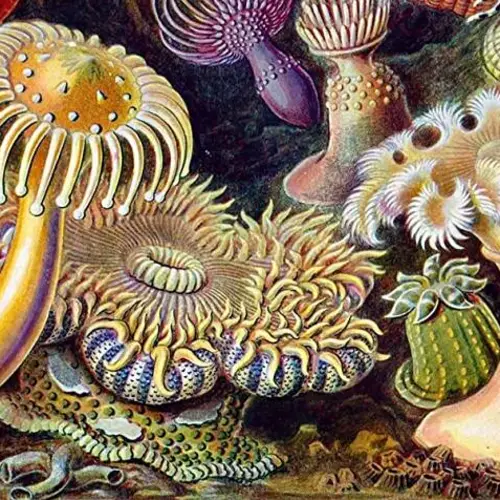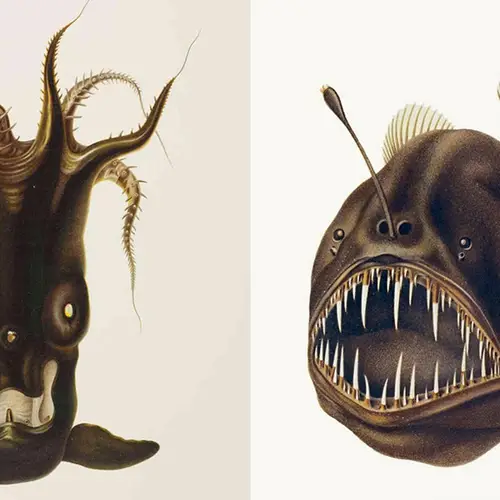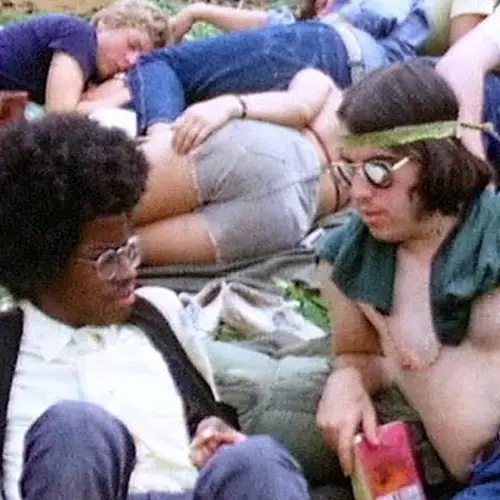John James Audubon was one of the most renowned naturalists and artists of the 19th century, but he also left behind a complicated legacy.
John James Audubon's sketches are immediately recognizable. Colorful and elegant, they not only capture different species of birds, but also their characteristics. Owls look wide-eyed; eagles fierce. Ducks relax on the ground, while birds like woodpeckers are captured in constant motion.
These sketches were born from Audubon's childhood fascination with birds, which ultimately led him to publish The Birds of America in installments between 1827 and 1838. Today, he's considered one of the world's great naturalists. But Audubon's legacy is also complicated by his views on slavery — and the fact that he enslaved Black people himself.
The Life Of John James Audubon
John James Audubon was born in 1785 in present-day Haiti. He was the "illegitimate" son of a French sea captain and plantation owner named Jean Audubon, but the identity of his mother is disputed. According to the National Audubon Society, she may have been a French chambermaid named Jeanne Rabine, or a mixed-race housekeeper named Catherine "Sanitte" Bouffard. In a letter to his sons, Audubon claimed that his mother was a "lady of Spanish extraction" who had been killed in Haiti "during the ever-to-be-lamented period of negro insurrection on that island."
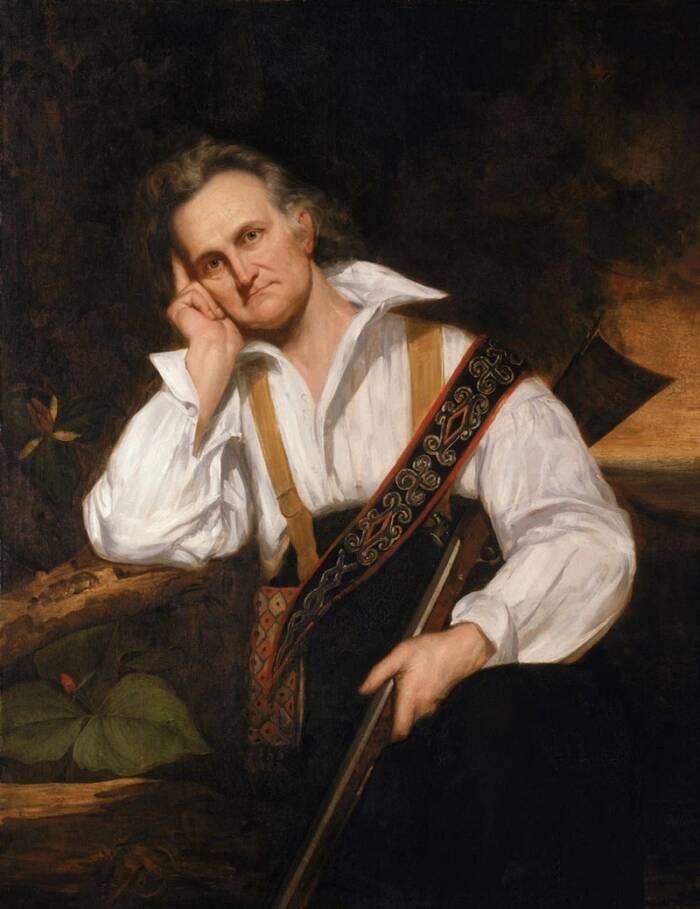
Public DomainJohn James Audubon became famous for his illustrations, but faced many failures before finding success.
As a boy, Audubon was sent to Nantes, France. There, he was raised by his father's wife Anne — and he developed an interest in nature and drawing.
Sent to the United States by his father in 1803 to avoid the Napoleonic Wars, Audubon settled on his family's estate in Mill Grove, located near Philadelphia, Pennsylvania. He soon married Lucy Bakewell and started a family, but struggled to succeed in the business world. His family's mine failed, as did a succession of general stores in Kentucky.
By the early 1820s, he and his family had settled in New Orleans, where they largely lived off his wife's work as a governess. Audubon, for his part, took on odd jobs and used his free time to draw local wildlife.
Though he struggled to find an American publisher for his work, John James Audubon had much better luck in the United Kingdom. There, in 1827, engraver Robert Havell agreed to help Audubon publish his famous work The Birds of America. The four-volume work, which included more than 400 of Audubon's drawings, ultimately became a massive success.
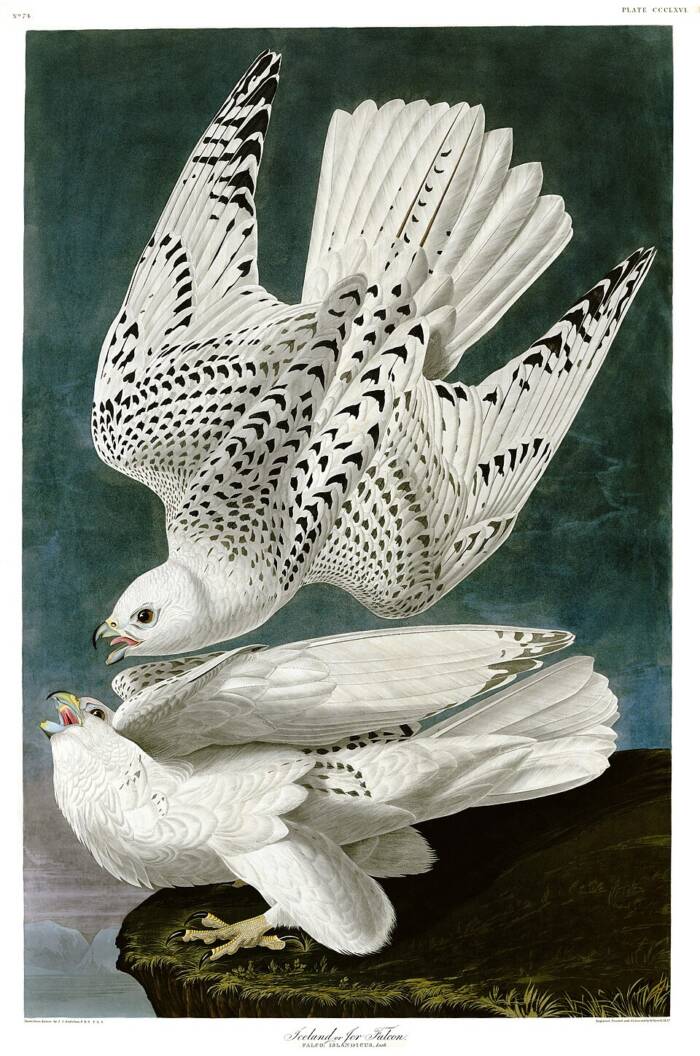
Public DomainTwo gyrfalcons drawn by Audubon. The naturalist was gifted at capturing the distinct movement of different bird species.
John James Audubon's sketches remain well-known to this day. However, Audubon's legacy has also been reexamined in recent years.
The Complicated Legacy Of John James Audubon Today
In his life, John James Audubon was celebrated for his art. But his views on slavery have made him a controversial figure today, to the point that some Audubon societies in the country have dropped Audubon's name.
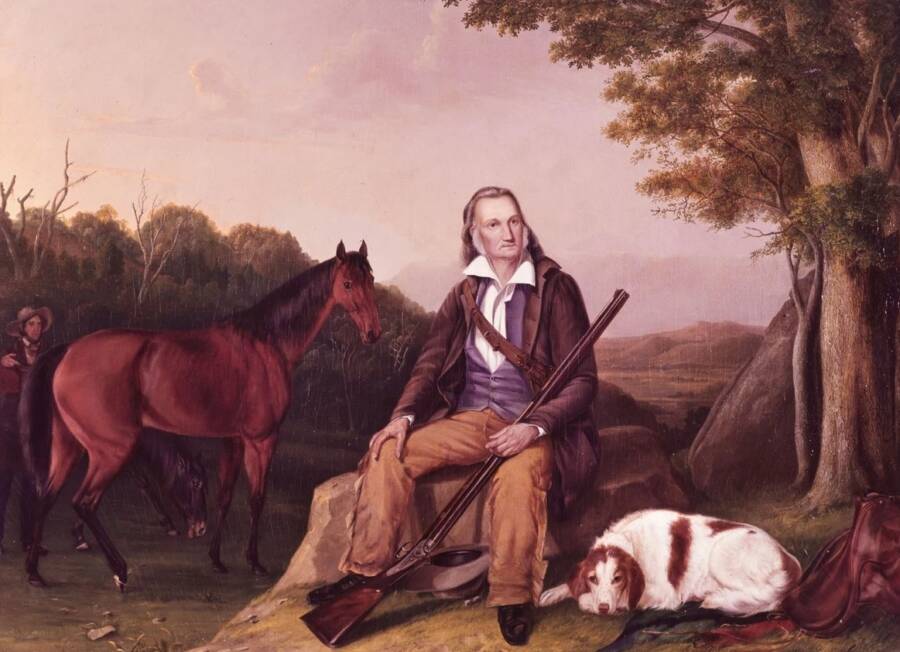
American Museum of Natural History LibraryA painting of John James Audubon from 1848.
Audubon lived in the 19th century — he died in 1851 — during a time when slavery was still a fact of American life. He fully accepted and supported the institution. Not only did he declare that the British had "acted imprudently and too precipitously" when they emancipated enslaved people in their West Indian territories, but Audubon had slaves of his own during his life.
While living in Kentucky, he and his wife had nine slaves, who they sold only when they encountered financial difficulty. When Audubon traveled to New Orleans on a boat with two enslaved men, he sold both the boat and the men upon his arrival. And he and his wife also purchased more enslaved people after that, who they sold only when they moved to England.
What's more, according to Gregory Nobles, the author of John James Audubon: The Nature of the American Woodsman, Audubon readily accepted help from Native Americans and Black people, who offered insights on local wildlife and collecting specimens. But he never credited them. Audubon seemed to look down on people of color, even those who weren't enslaved.
"His contributions to ornithology, art, and culture are enormous, but he was a complex and troubling character who did despicable things even by the standards of his day," the National Audubon Society remarked. "He was contemporaneously and posthumously accused of — and most certainly committed — both academic fraud and plagiarism. But far worse, he enslaved Black people and wrote critically about emancipation. He stole human remains and sent the skulls to a colleague who used them to assert that whites were superior to non-whites."
As such, John James Audubon left behind a complicated legacy that must be weighed alongside the beautiful work that he created. Despite his undeniable artistic talent, Audubon wholeheartedly embraced the institution of slavery and acted in other abhorrent ways during his time. He had an artist's eye and captured the movement and character of birds like no one else, but there's no question that he was also capable of great cruelty.
After reading about John James Audubon and his famous sketches, look through these incredible scientific illustrations by German biologist and naturalist Ernst Haeckel. Or, learn about the life and death of Steve Irwin, the wildlife enthusiast known as the "Crocodile Hunter."
